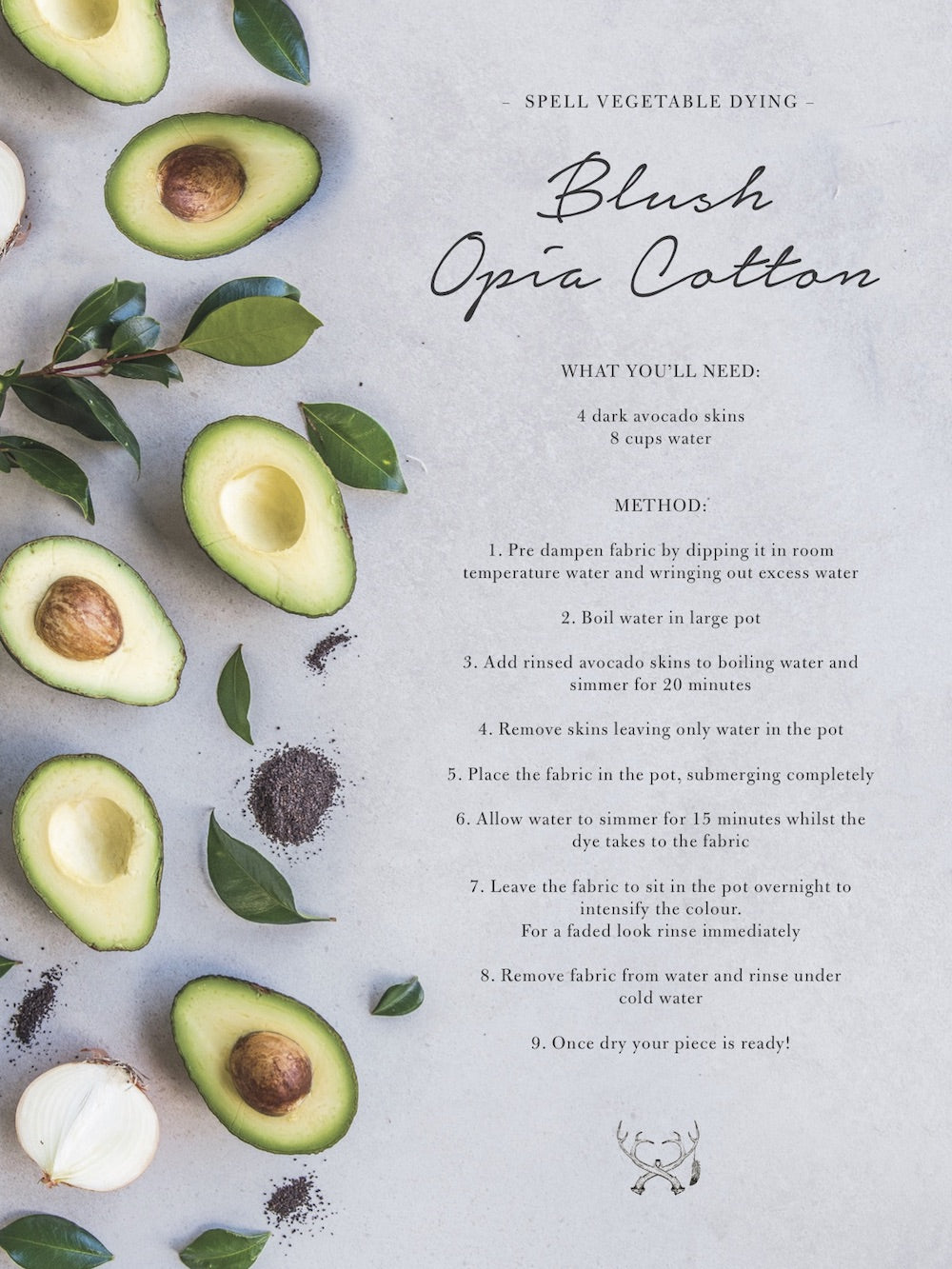


DIY Vegetable Dying – Moon Dye With Opia
Guest Blog Post by Anita Ghise
Workshop with Sophie from Opia
Photography (shot on film) Alisha Tinsley
We love getting back to our roots, working with our hands, and learning something new (especially when it’s in the sunshine amongst friends). As a textile designer I’ve always been cutting up my clothes, dying and embellishing them to make them my own, so when I heard about vegetable dying I was curious to learn how to dye my fabrics using only what I’ve got in my backyard and kitchen.
We all love our whites – a Spell classic – but as most of us probably have experienced, whites don’t stay whites forever. Whether it’s red wine or turmeric chai, we’ve all had our fair share of stains, and sometimes you just can’t get your favourite pieces back to their original glow. We love the idea of giving them a second life in a new colour way using a completely non-toxic natural method.
Sophie from Opia, a local Byron Bay label, draws her inspiration from a love of nature and the ocean, and uses only plant based materials to achieve rich colour ways, dying her pieces in extremely small runs. She was happy to share this ancient knowledge with us, and with her help we’ve created these recipe cards for you to try at home – if you try this, we’d love to see your creations! #SpellDIY
The Method
After organising our workshop space with a few rugs around a long table in a friends back yard, the only things we needed were the veggies and spices, some slightly larger and wider pots, water and white vinegar. We’ve created 6 colour ways each with their own method on the cards below, scroll down to choose your favourite.
The sun was still shining on us while we were preparing all the ingredients for the Moon Dye. As it wandered across the backyard the girls arrived and we started to put all the ingredients into pots and to boil the colours. After we pre-dampened our whites, we had (of course) a little food platter to entertain us.
The most exciting part was getting the clothes into the moon dye brew and watching them soak and change colour. It was a fun, creative afternoon filled with giggles and laughter – we couldn’t have spent it any better!
To note…
In Sophie’s experience the fabrics will have slight variances in their colour due to the natural dying process (we love that each piece comes out looking slightly different!)
Intensity varies depending on the fabric you’re using – cotton, linen, rayon are best.
The name Moon Dye comes from Sophie’s mentor who is called Moon.
Each recipe card is per 1 meter of fabric, simply increase the ingredients your using for bigger batches based on how much fabric you’re dying.
xx






















